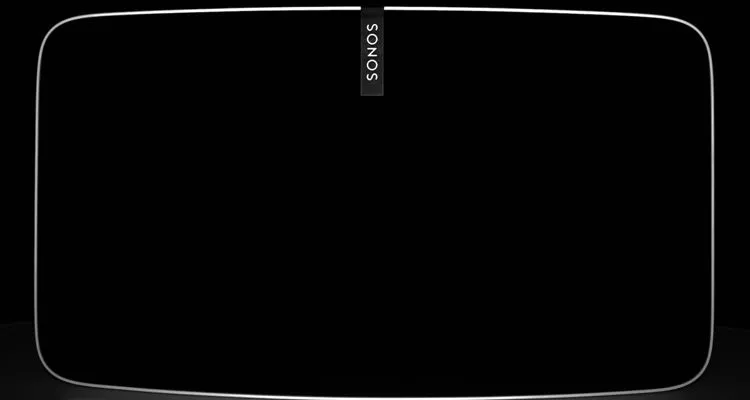Photo Credit: Calitore
A California judge has ruled that Google must face a trial in the patent lawsuit brought by Sonos. Inc. against the company.
The case is set for trial on May 8 and is part of a long-standing dispute between Sonos and Google over its smart speaker technology. The lawsuit spans the United States, Canada, France, Germany, and the Netherlands. Sonos won a limited import ban on some Google devices from the U.S. International Trade Commission last year. In response, Google sued Sonos for patent infringement at the ITC and in California.
Google maintains that Sonos has “misrepresented our partnership and mischaracterized our technology.” Sonos says it looks forward to once again demonstrating Google’s “widespread infringement” at trial.
Sonos alleges that Google stole its smart speaker technology for products like Chromecast Audio and Google Home after the company worked with Google to integrate Google’s streaming music services into the Sonos ecosystem. Google argues that it is Sonos who copied its patents and technology after their joint collaboration.
U.S. District Judge William Alsup invalidated one of Sonos’ patents, but rejected Google’s request to cancel the remaining two patents before trial. The same judge also ruled that Google did not infringe one of Sonos’ patents willfully, which reduces the damages that Sonos can receive in a judgement. The judge said he will hold a separate bench trial after the jury trial to determine whether Google’s redesigned speakers infringe on Sonos’ patents.
The patents revolve around synchronizing audio playback across multiple speakers and eliminating reverb and echoes, among other technologies. Google has redesigned its Home and Chromecast systems to avoid the Sonos patents. Despite Sonos’ win for an import ban, Google’s ability to sell its devices was not impacted.
Google was given 60 days to implement changes to its system before the ban would take place—which is exactly what the company did. Android 12 removed the ability to control Chromecast’s volume with the smartphone—one of the infringed patents involved this feature.

